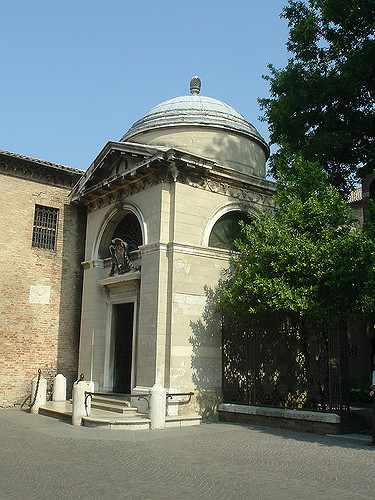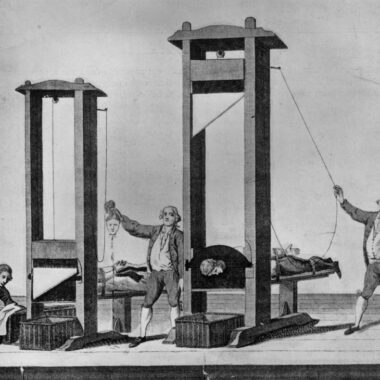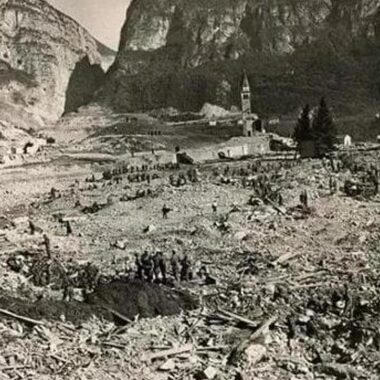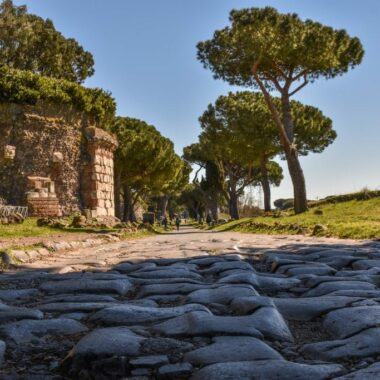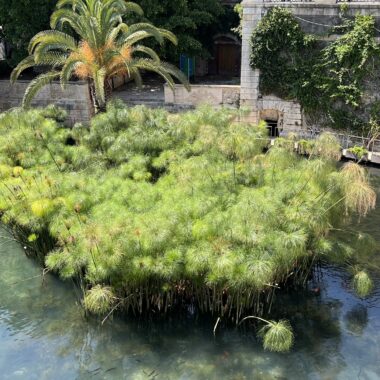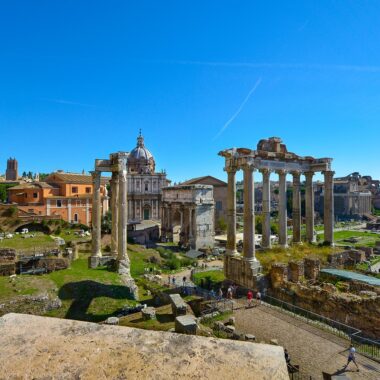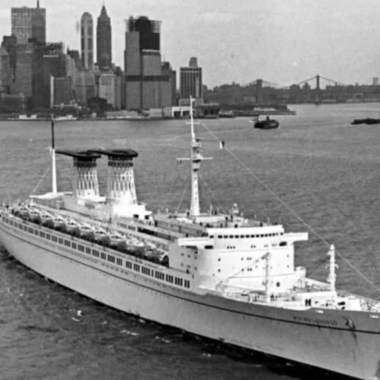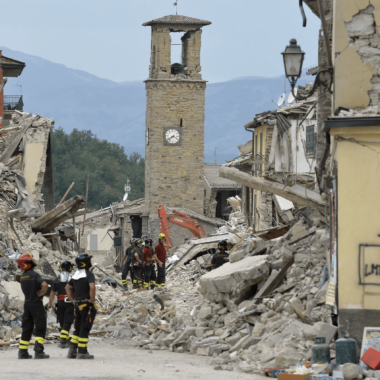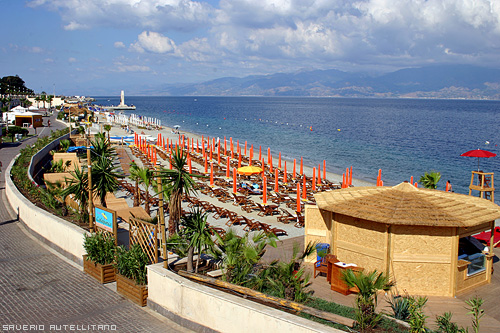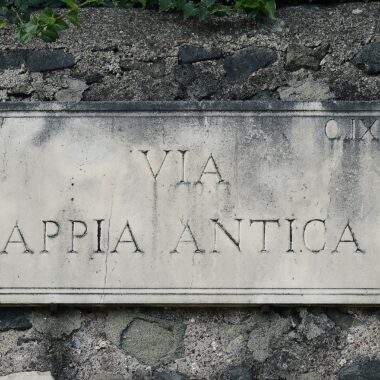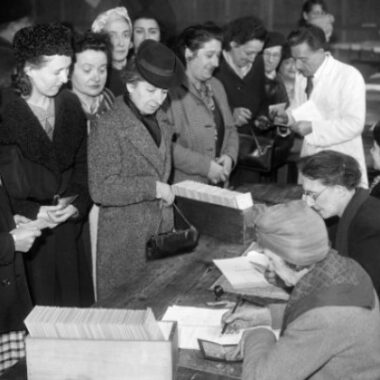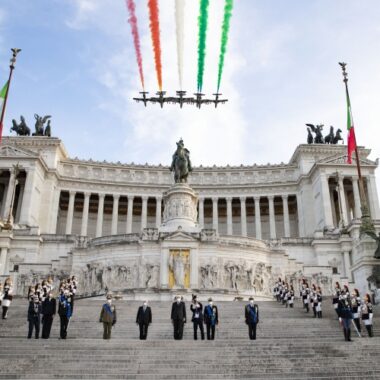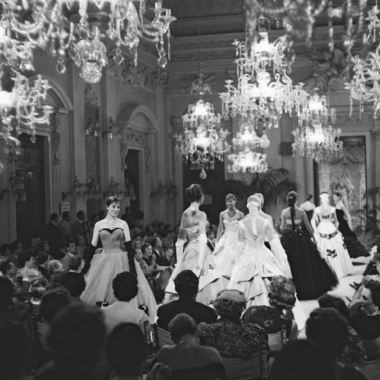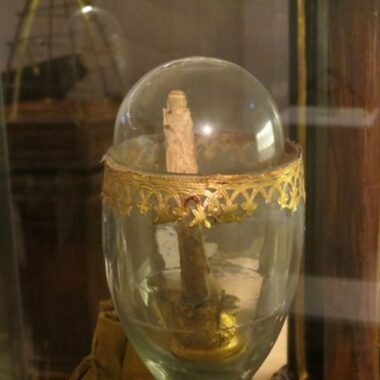Probably most people don’t know that the tomb of the renowned Italian poet Dante Alighieri is not located in his beloved Florence but in the heart of Ravenna, Italy. In the Basilica di San Francesco, lies a testament to literary brilliance and cultural significance — the final resting place of one of Italy’s most celebrated poets. The tomb of Dante stands not only as a monument to his memory but also as a symbol of the enduring impact of his seminal work, “The Divine Comedy” which is considered one of the greatest works of world literature.
Dante Alighieri, born in Florence in 1265, lived during a turbulent era in Italian history. His life was marked by political strife, exile, and profound intellectual exploration. Despite facing exile from his much-loved Florence, Dante’s literary genius soared, and he crafted works that would profoundly influence Western literature and thought.
Initially, Dante was buried in Ravenna’s San Pier Maggiore cemetery after he died in 1321. However, in the 19th century, his remains were moved to the Basilica di San Francesco.
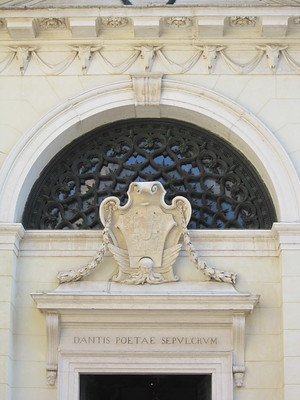
The existing structure we admire today was constructed between 1780 and 1782 under the directives of Cardinal Luigi Valenti Gonzaga and designed by Camillo Morigia, a local artist. It stands as a remarkable example of Neoclassical architecture.
In 1519, Pope Leo X granted permission to relocate Dante’s remains to Florence. However, before the transfer, Franciscan monks hid his skeleton within the walls of the nearby Convent of San Francesco. This clandestine act was to protect Dante’s remains from the Florentines who demanded his remains for their own city. The hidden remains were discovered in 1865 and have since found their final resting place.
The inside of the tomb, which has been covered with marble on the occasion of the 1921 centenary, preserves the sepulchre with Dante’s spoils and the relief by sculptor Pietro Lombardo. At the center of the little room, a votive lamp burns with the oil donated by Tuscany. Every year, in fact, on the second Sunday of September, the Municipality of Florence sends a delegation and offers the oil to commemorate its fellow citizen.
The tomb of Dante Alighieri serves not only as a final resting place but also as a tour site for literary enthusiasts and scholars from around the world. Visitors are drawn to Ravenna to pay their respects to the poet whose words have transcended time. His work continues to resonate with readers centuries after its creation, offering insights into the complexities of life and the nature of the divine.
Beyond its artistic and cultural significance, the tomb of Dante Alighieri stands as a reminder of the enduring power of literature to transcend boundaries and shape collective consciousness. Dante’s legacy lives on not only in the marble of his tomb but also in the hearts and minds of those who are touched by his words.
When visitors stand before the tomb of Dante Alighieri, they are reminded of the transformative power of art and the enduring legacy of one of Italy’s greatest literary minds. In Ravenna, Dante’s spirit lives on, inviting all who enter to embark on their own journey of self-discovery and enlightenment.
If you are interested in visiting Dante’s tomb, the opening time for visitors are:
From April 1st to October 31st: Every day from 10 am to 7 pm
From November 1st to March 31st: Every day from 10 am to 6 pm
1st January: 1 pm – 6 pm
Closed on December 25th
